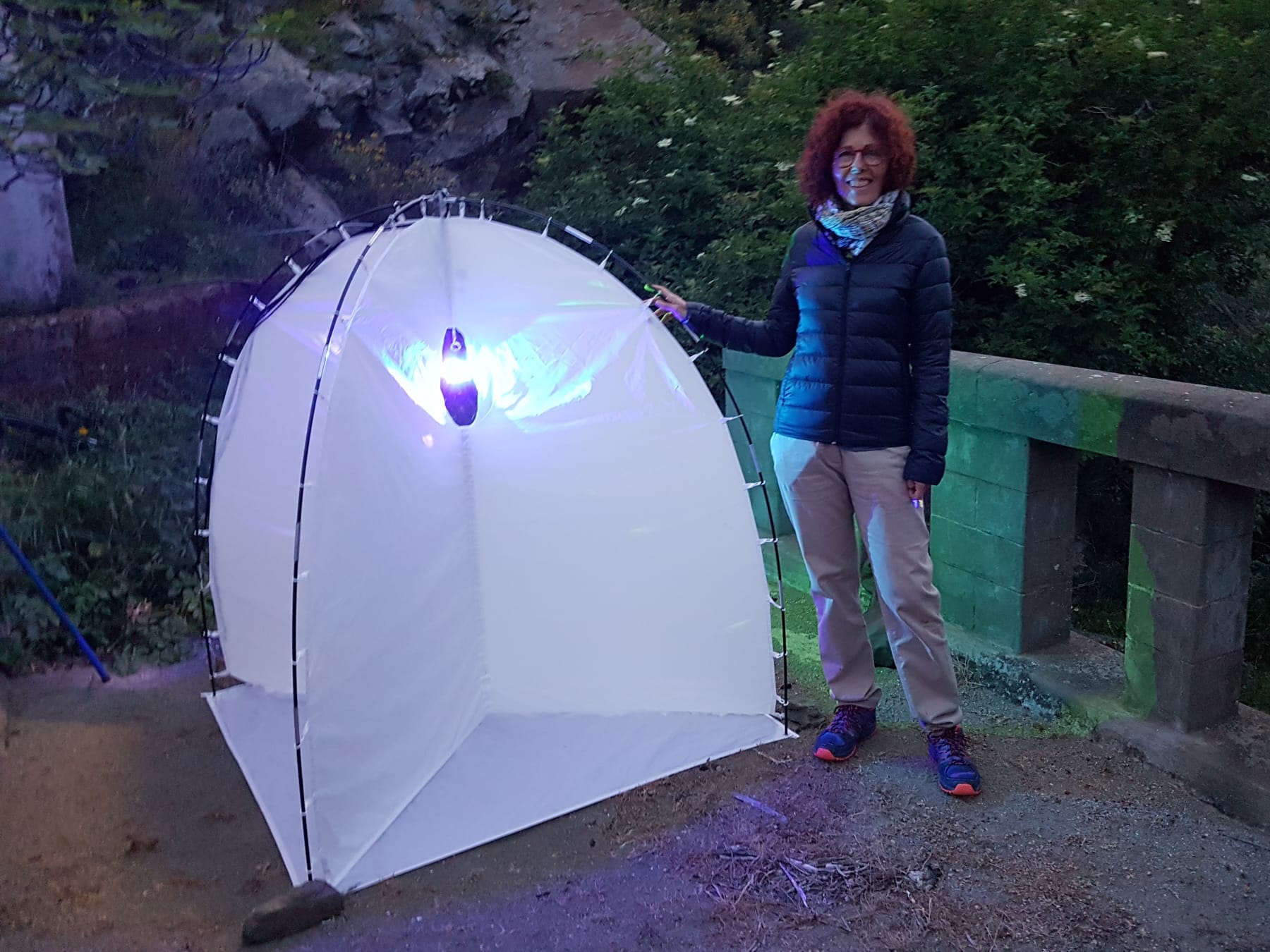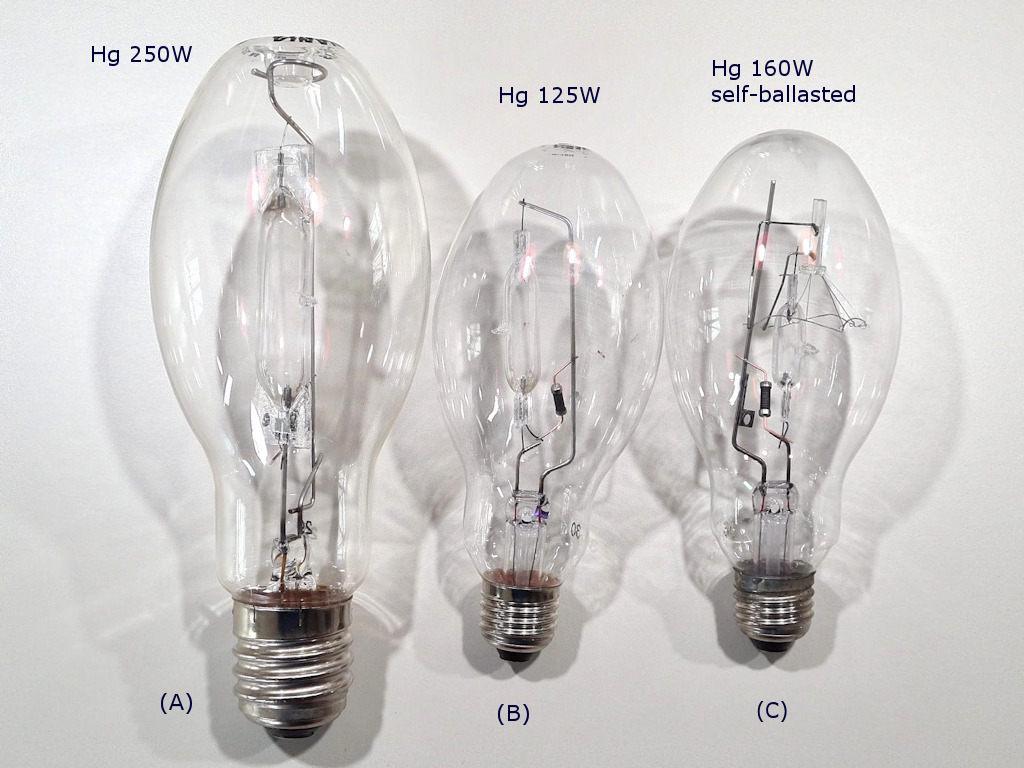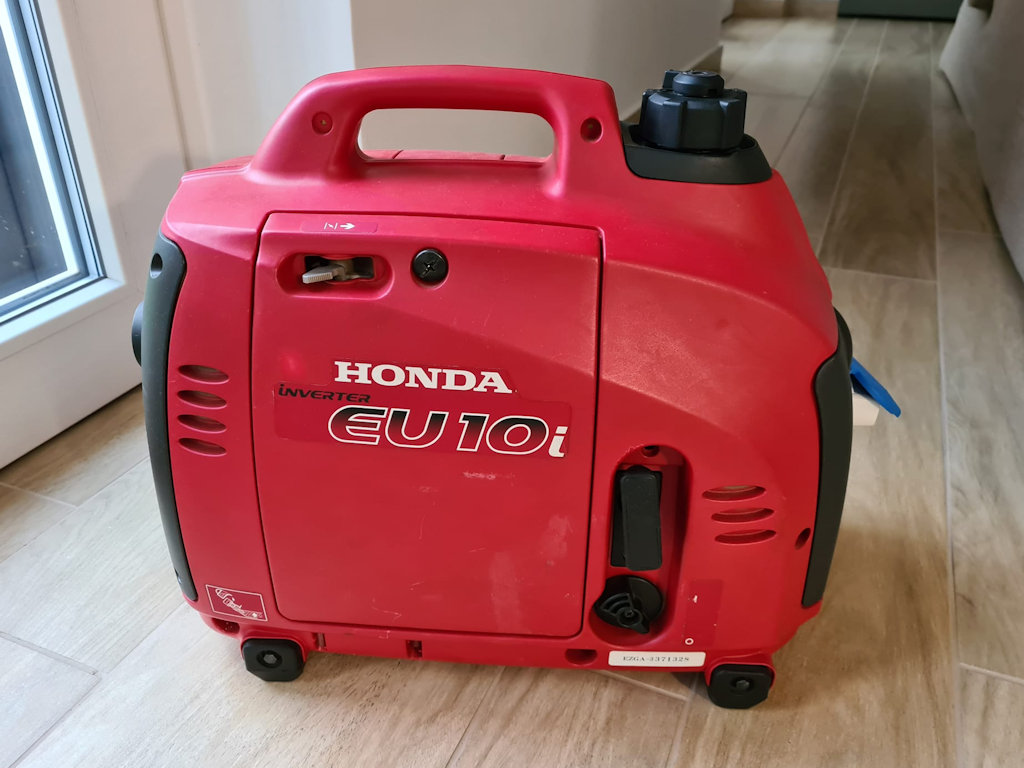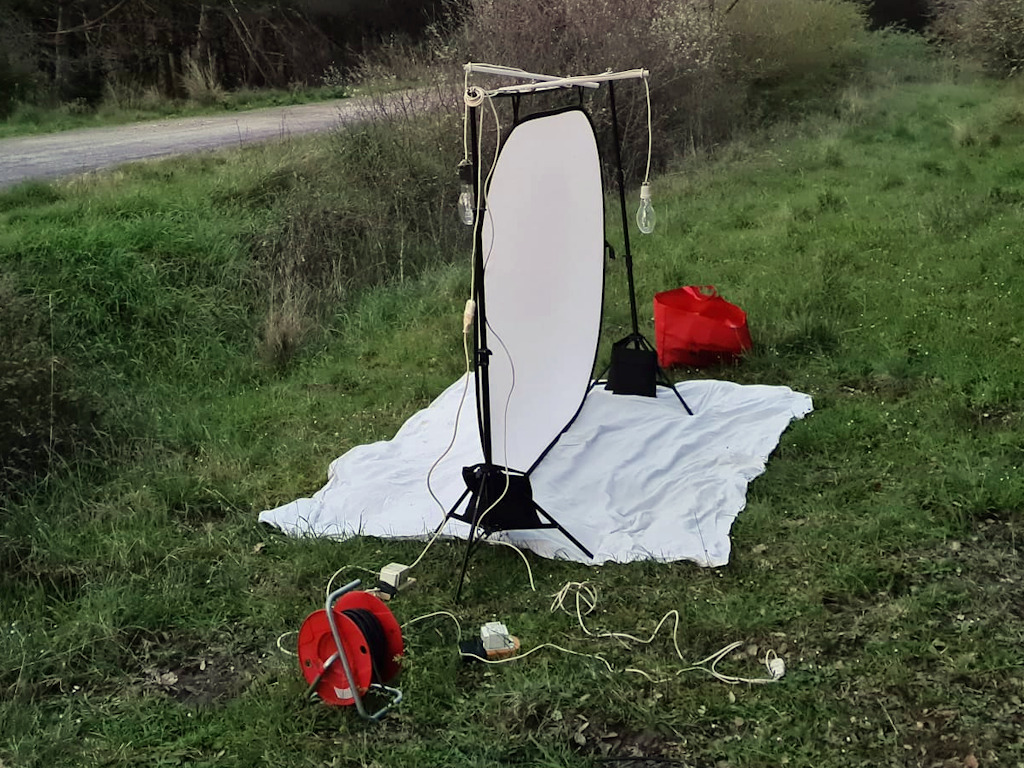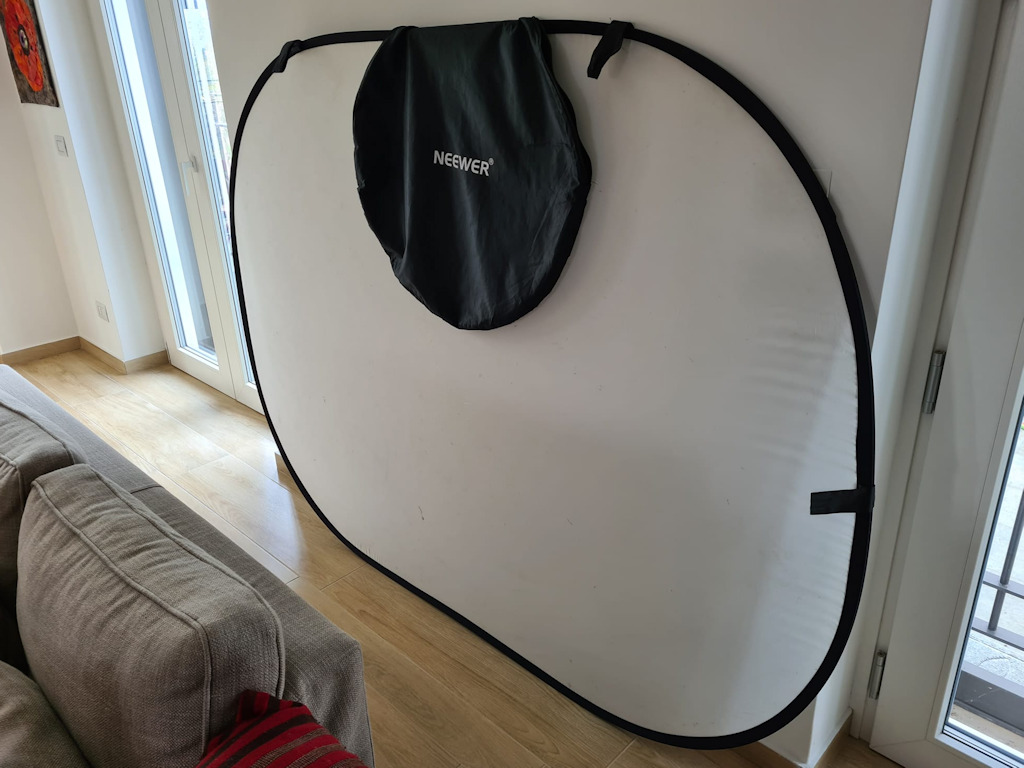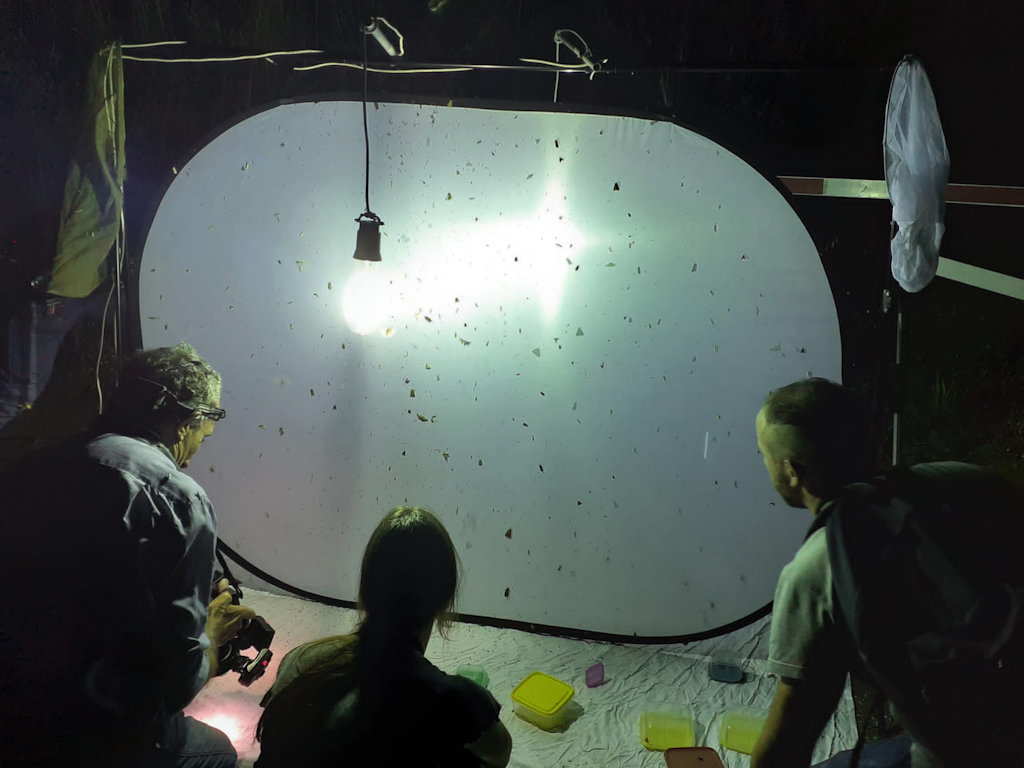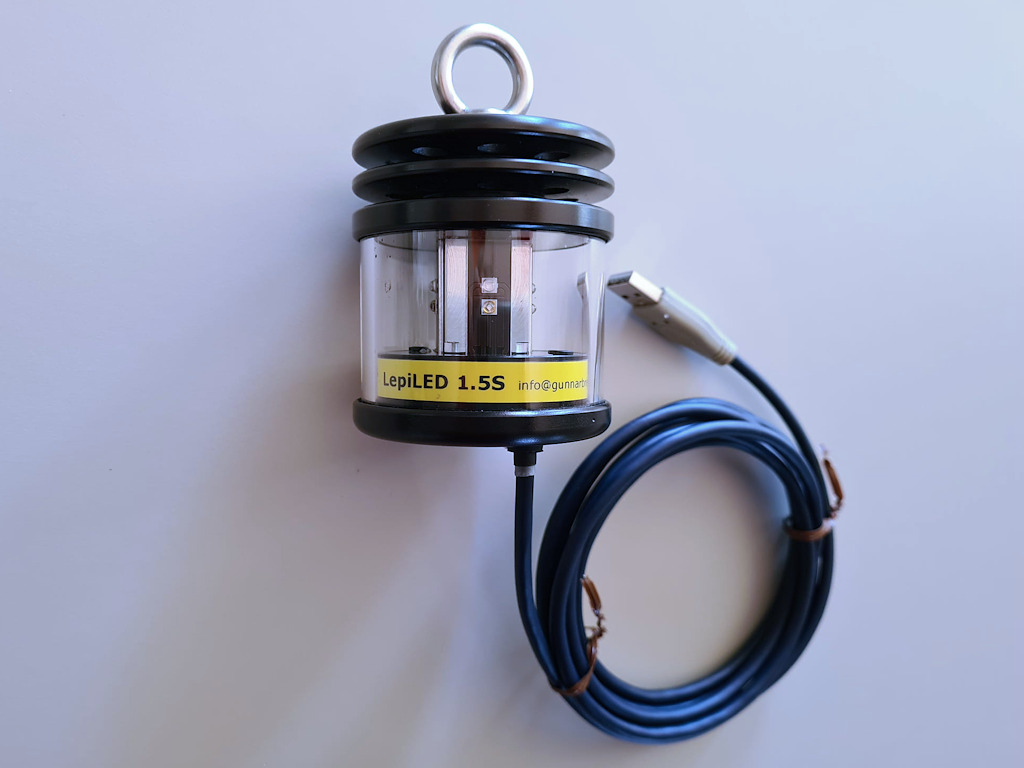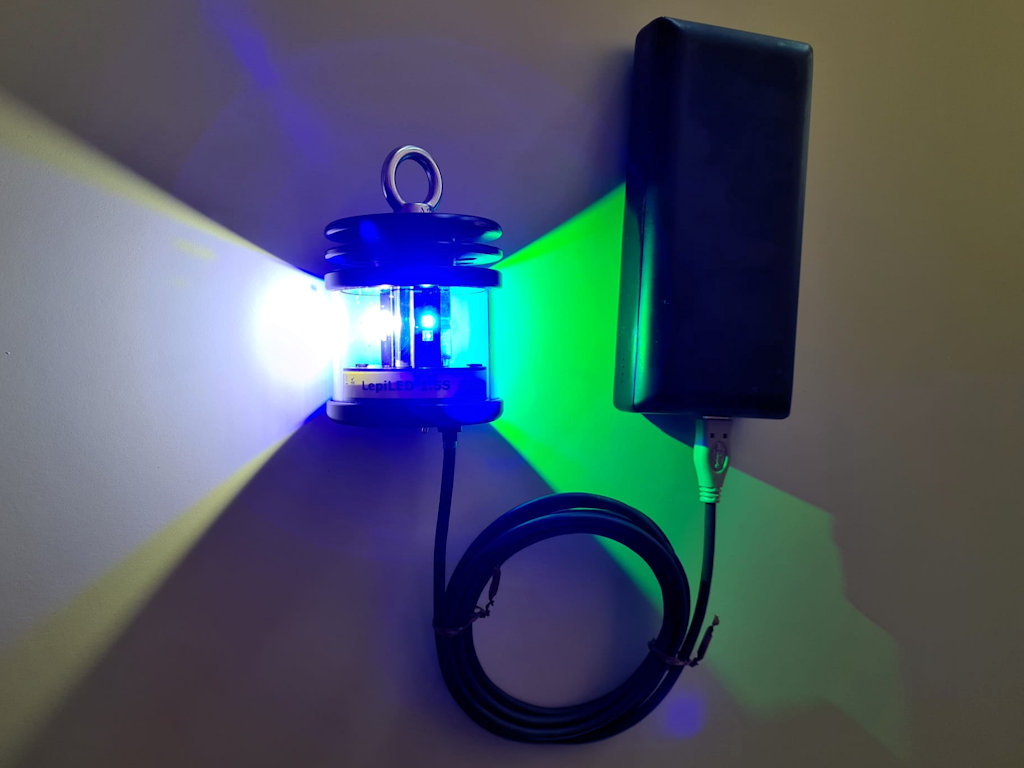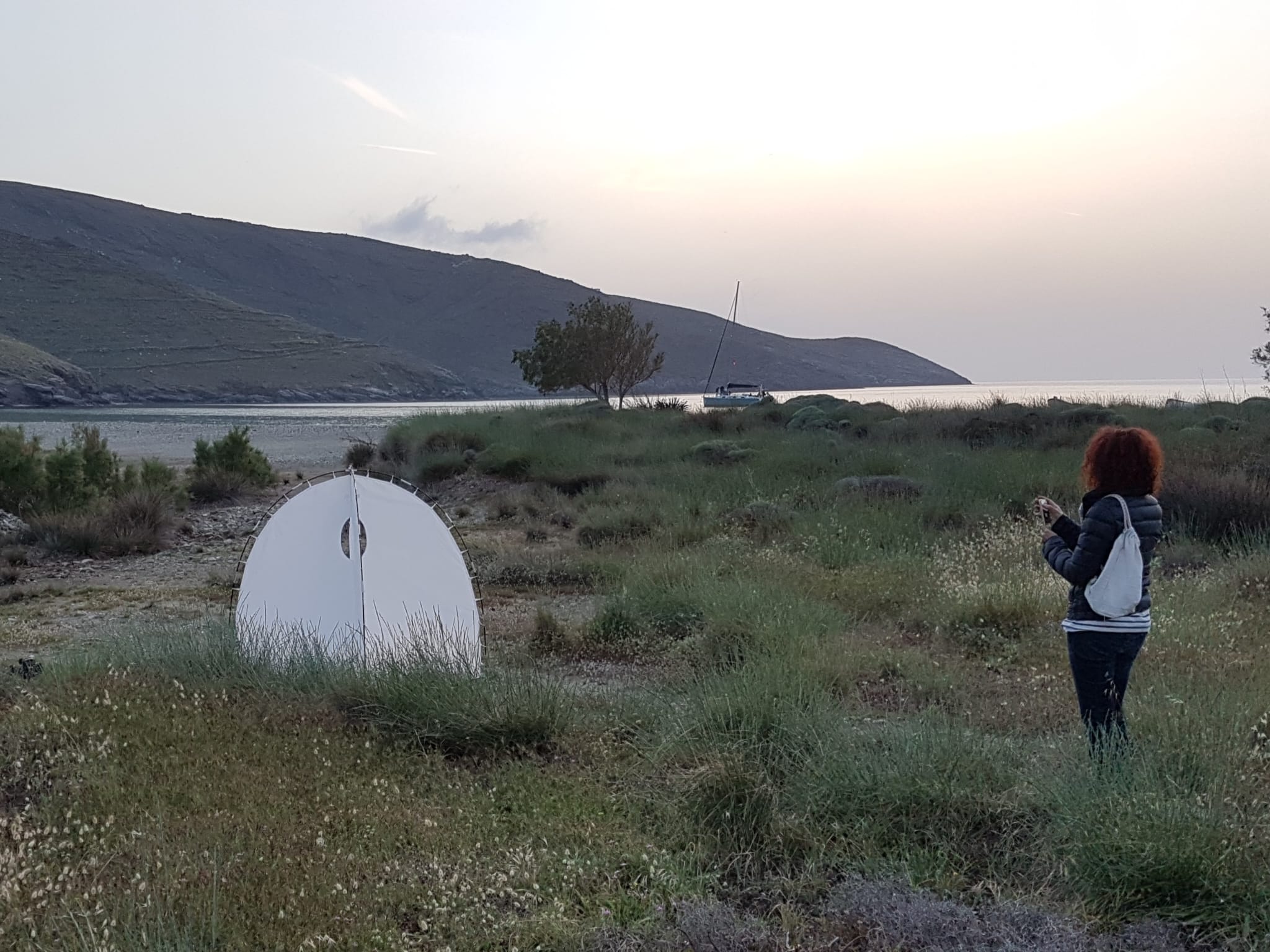Night-time moth watching: how to do it
by Paolo Mazzei
Talking to some of the users of the facebook group Butterflies & Moths of Greece & Cyprus about observing moths in the wild, I came up with the idea of sharing my experiences about night-time moth watching, in terms of the stuff I use, but also by specifying when to use what, and why. Hoping to entice as many people as possible to engage in this exciting activity.
It is obvious that the results we can obtain by “hunting” in different places, with suitable equipment, instead of lighting household lamps in the garden or on a balcony at home, are hugely different: not only in terms of number of individuals, but especially concerning the number of species observed, and this for two main reasons that add up: by visiting different habitats, at different altitudes, you have access to different species; and natural, wild locations obviously have a biodiversity on average far greater than that found in more urban and anthropized places.
What’s more, a public event where moths are observed by artificial lights always attracts attention, arouses enthusiasm and interest and brings moths closer to people who are not familiar with them.
Important note: my message is not “you have to do it this way”, just “I do it this way”, tips and criticism are welcome.
Next: I prefer to stay close to the lamps and see the moths as they come in, which is why I won’t mention light traps, that are still very useful devices, but I prefer not to use them whenever I can. But if anyone is interested in traps, we can talk about them. Warning: UV lamps emit UV radiation that is invisible. Protect skin and eyes when the lamps are switched on and keep a reasonable distance.
Now, the first aspect worth focusing on, is the choice of the lamps that we will use in the field. The choice is obviously wide, but there are two different kinds of lamps that are very suitable for our needs, both providing a good amount of ultraviolet radiation, which is needed to attract moths: mercury-vapour lamps and LED UV lamps. The choice between the two depends first and foremost on how you can reach the chosen location: can you get there comfortably by car, switching on the lamps a few metres from where you parked, or do you have to walk half an hour uphill?
If the answer is ‘by car’, mercury-vapour lamps (let’s call them Hg from now on) are a good and very efficient choice, and are the most attractive to our moths, but they need a 230 Volt power supply and between 125 and 400 Watt, which means that if you are not at home, you need a portable, heavy (that’s why a car is handy) and expensive power generator.
Otherwise, LED lights are ok: cheaper, much lighter and bulkier, as they can be powered by a power bank (5V or 12V) and consumes very little power.
Heavy equipment: mercury-vapour (Hg) lamps
A Hg lamp is a gas-discharge lamp that uses an electric arc through vaporized mercury to produce light.
The first picture shows three Hg lamps:
- on the left (A), a 250 W lamp, with E40 screw
- in the middle (B), a 125 W lamp, with E27 screw
- on the right (C), a self-ballasted 160 W lamp, with E27 screw.
What does self-ballasted lamp mean? If a Hg light is connected directly to a 230 V source like the power lines, the current through it will increase until it destroys itself: it requires a ballast to limit the current through it. For this reason, the first two lamps in the picure cannot be connected directly to 230 V, but it is necessary to interpose a ballast (there are two pictures of ballasts lower down).
Self-ballasted mercury-vapor lamps use a tungsten filament in series with the arc tube both to act as a resistive ballast and add full spectrum light to that of the arc tube: they can be connected directly to 230 V.
The second picture shows the same lamps with, in red, the Hg arc tube of the three lamps, and in green the tungsten filament of the self-ballasted 160 W lamp (C).
E40 and E27 refer to the standard lightbulb sockets for electric light bulbs: while E27 [(Medium or Standard) Edison Screw (ES)] of lamps (B) and (C) are the common sockets we all use at home and are familiar with (together with E14, Small Edison Screw (SES), which is smaller), E40 [Goliath Edison Screw (GES)] of lamp (A) is used on street lights, and it is bigger, and lamp holders E40 are more difficult to find in normal shops selling electrical equipment.
Lamp holders (bulb sockets) must be ceramic and not plastic, as plastic will quickly melt when the lamp warms up.
So, I repeat, lamps (A) and (B) of the previous pictures are not self-ballasted, and thus it is necessary to use an appropriate ballast to avoid destroying them, if powered directly with 230V without interposing the ballast.
Unfortunately, there is no universal ballast that fits every lamp: the ballast must be suitable for the wattage of the lamp to which it is connected.
The following pictures show the ballasts to be used for 125 W (first picture) and 250 W lamps (second picture), with the connections to both the lampholder and the 230V plug (Italian standard). Note the large black lamp holder (E40) in the second photo.
Up to here we have talked about lamps of different wattages, and self-ballasted lamps or lamps that need an external ballast.
However, there is also another feature to consider: to correct the bluish tinge, many mercury vapor lamps are coated on the inside of the outer bulb with a phosphor that converts some portion of the ultraviolet emissions into red light: these lamps are not transparent (and therefore it is more difficult to see if there is the tungsten filament inside, to figure out if they are self-ballasted or not), and especially the emission in the ultraviolet band is partially absorbed by the coating. Because of this, their ability to attract moths is slightly weaker.
Unfortunately, the transparent lamps are not normally found on the market but must be ordered from specialized companies.
Actually, even non-transparent lamps are now very hard to find: they are sold mainly in stores and sites that deal with aquariology or entomology.
For example, this one (Entosphinx.cz) is a site that sells almost all models, transparent and not, and even their ballasts, but at prices not exactly cheap… I recommend, however, also to look in the stores of electrical equipment near you, often you can still find them.
To summarize: mercury vapor lamps can be self-ballasted (in which case the available wattages are 160W and 250W) or with external ballast (in which case the available wattages are 125W and 250W), and they can be transparent or white coated. Just to name them, there are also Hg 80W and 100W self-ballasted lamps, used for aquariums and terrariums, and 400W lamps of both ballast types, even too powerful. Which ones should be used? The most correct answer is: those you can find: all the mentioned lamps have a high efficiency in terms of attracting phototropic insects.
But, having the choice, this is my personal ranking based on the attractive power (I use the first two):
- with external ballast, trasparent, 250W
- with external ballast, trasparent, 125W
- self-ballasted, trasparent, 250W
- self-ballasted, trasparent, 160W
- with external ballast, white coated, 250W
- with external ballast, white coated, 125W
- self-ballasted, white coated, 250W
- self-ballasted, white coated, 160W
When the observation site can be reached by car and I have no weight or space problems, I use (A) and (B): a 250 W Hg lamp and a 125 W Hg lamp, mounted on either side of the same white cloth (in the second picture: 250W on the left, with the black lampholder, and 125W on the right side, with the white lampholder), with the two ballasts visible among the grass, a red electrical cord reel, and powered by the portable generator, not visible in the picture.
Warning: Hg lamps are very fragile, and become very hot when lit and therefore fear the direct rain, if not protected even a light rain can destroy them: an umbrella in the car is always a good idea. If they turn off due to an interruption or decrease in voltage, they need to cool down before they can turn on again.
My petrol generator (Honda EU10i) weighs 15 kg, including two litres of fuel, it can provide 900 W continuous power and can keep the two lamps lit for as long as necessary, which can usually be up to 6 – 7 hours during the summer, and it is also very quiet, but it is still a good idea to put it away from the cloth, possibly behind a car, so you don’t hear its noise or smell its exhaust fumes: so you need an electrical extension cord with a reel, and I recommend at least 50 metres of cord.
Now it’s time to describe the cloth and the frame that holds it up. I bought both on Amazon.it, the same products exist also on Amazon.com, and something like that, I had seen also on skroutz; these are the links to these two objects on amazon.com: Neewer foldable white background panel and Neewer Photo Studio Backdrop Support System.
The foldable white background panel measures 200 x 150 cm, more or less; folded, it shrinks to a circle of 65 cm in diameter, to enter the carrying case.
Studio Backdrop Support System comes with 2 foldable stands (tripods), 4 horizontal crossbars (tubes: with a 2m panel you need just 3 out of 4).
To be able to support the lamps it is necessary to do the following: in the central horizontal tube of the three it is necessary to make two holes to be able to fix the two pieces of plastic gray electric pipe you can see in the picture (diameter 2cm, length 60cm each). In addition, at the two ends of the gray pipes, where the lamps will be suspended, it is necessary to make two small notches, so that the cord of each lamp, knotted on its pipe, does not slip.
Two sandbags are also included in the Studio Backdrop Support System: obviously, it is necessary to fill them with sand and insert them in the vertical rods before mounting the horizontal rod that supports the white panel. In this way the whole system is very stable and does not fall to the ground even in a moderate wind. If the wind is stronger, you might as well disassemble the whole system, because the butterflies won’t show up…
Of course this is just an idea, and it’s the one I’ve been using since several years: it allows me to avoid pegs that have to force their way into the ground, being therefore suitable for all types of terrain, and it is light enough and quick to assemble and disassemble. But I’ve never seen two entomologists that use the same support system for their lamps.
1st picture: Natural Reserve of Decima Malafede, S of Rome. I am the one on the left, the other people are volunteers of the Rome Group – Butterfly Monitoring Scheme. 2nd picture: ready for a public event, Maiella National Park.
Invasion of Lymantria dispar and some other species. I had turned off the most powerful lamp (250W) just to take the pictures. Monte Navegna and Monte Cervia Natural Reserve, Rieti, C Italy.
But when I come to Greece I certainly can’t take all this stuff with me, especially by airplane. So how am I supposed to sample moths in your neck of the woods? The answer is pretty simple: LED lights.
Lightweight equipment: LED UV lamps
These kind of lamps are much simpler and do not require heavy, bulky and expensive power systems: nothing more than a power bank.
We are talking about LED lamps, and the choice is very wide and for all budgets, but with a fundamental requirement: the lamps must emit their light (also) in the ultraviolet, and must be powered with low voltage and not 230V, otherwise we end up with the same problems of mercury lamps.
The lamp I show you is exceedingly well designed and made, but also expensive: you can see both features and prices on the manufacturer’s website, and it was developed specifically to attract butterflies: LepiLED by Gunnar Brehm
Okay, the LepiLED lamp is number one, but there are others that do their job well and are more affordable for all budgets, for example there are some on this page of the web site we have already talked about: Entosphinx.cz
In the LepiLED lamp there are 8 power LEDs: 4 UV LEDs at 365 nm (invisible to humans) and the other 4 that emit in the visible spectrum (white, green and blue). One very interesting feature of this “Maxi Switch” version is that it can be operated, by means of a small switch, in two modes: “mixed radiation mode” (all the eight LEDs on) or in engergy saving “UV mode” (only the four UV LEDs on), the latter very useful because it greatly increases the autonomy and, as it emits only almost invisible light, it can also be used in populated areas where strong light could be annoying.
The first following picture shows the “mixed radiation mode”, the second one the “UV mode” (the photo was taken in daylight and you can see only the ambient light)
With a small and light lamp we can’t use a big and heavy cloth for sure: I bought the one I still use with the LepiLED at an entomological exhibition held twice a year in Modena (it’s called Entomodena), in N Italy, I think six or seven years ago: but it can still be purchased from Entosphinx.cz
It can be assembled in five minutes, like a small camping tent; it has a hook to suspend the lamp inside a housing made in the middle of the structure, and it is extremely practical and lightweight: in the next photo you can see the bag to carry it and its principal components, together with the lamp and the power bank.
In the next picture I put on my kitchen scale all the necessary equipment (cloth with supports, LepiLED lamp and 30000 mAh power bank), and you can read the total weight in the picture: less than 2.25 kg, my camera with 4 flashes and macro lens is heavier!
In the second photo you can see the small switch through which you can change the operating mode of the lamp.
My advice is to buy a power bank of at least 30000 mAh, and that can provide a current, on a single output, of at least 3 Ampère. For the LepiLED lamp this is a necessary requirement: if the current capacity is lower then 3 A the lamp risks, under certain conditions, not to turn on.
A few photos of the light equipment ready to be used:
The “light tent”, mounted in my garden, without and with the lamp and the power bank. It has four stakes to stop the square base and another four to secure the four anchor wires to the ground, and so it can withstand even a fair wind, but if there is no wind it stands alone, without stakes and various anchors.
Its construction in four sectors allows to attract moths at 360 degrees with a single lamp.
Anyone who needs or wants to contact me can look for me on facebook and send me a message, I will be very happy to discuss everything I have mentioned (or forgotten) in these lines.
I hope we’ll meet in Greece, somewhere, in front of a lit lamp…



